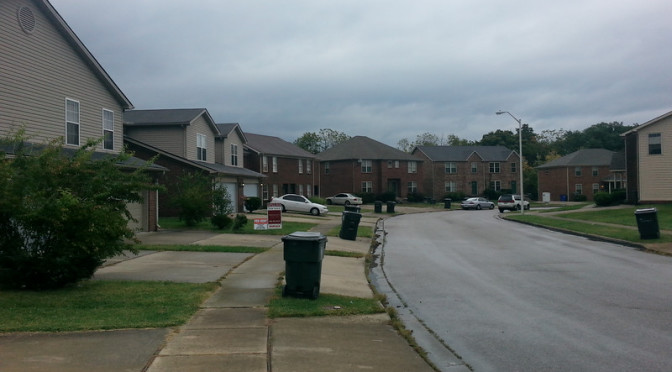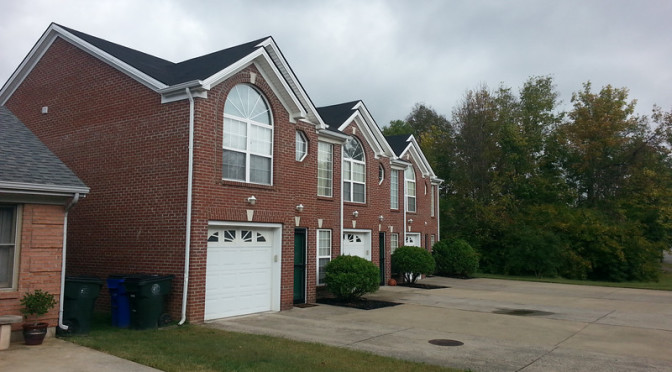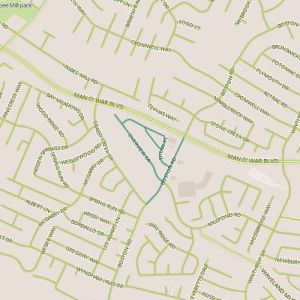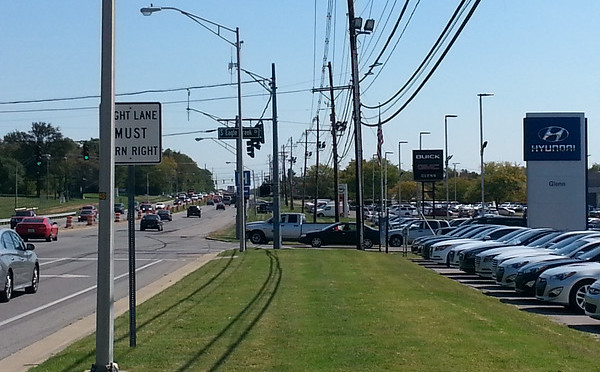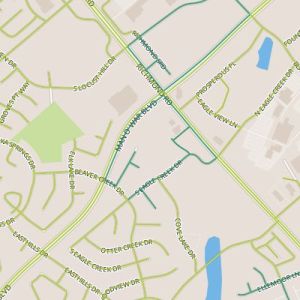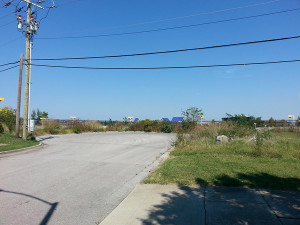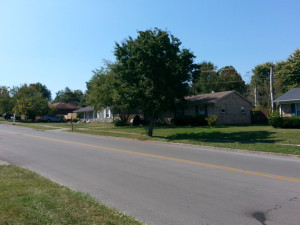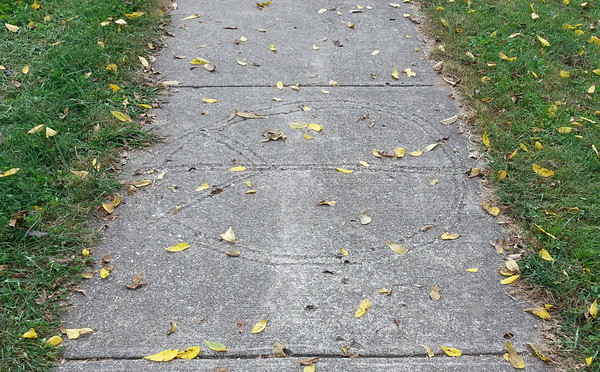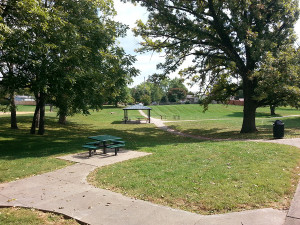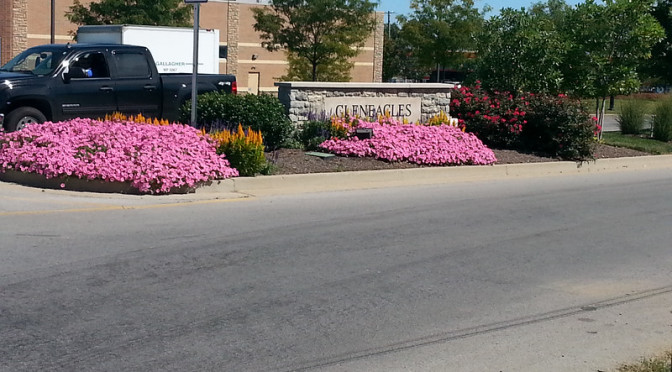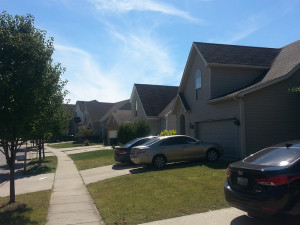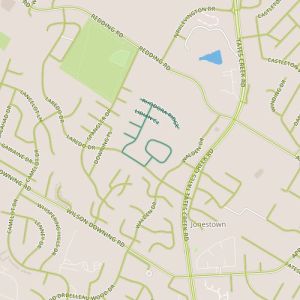 Today’s walk passed through both an area of single-family homes and of duplexes, similar to Day 43. Unlike the Boston Road area, however, these homes were all built in a relatively short period of time in the late 1990’s and perhaps early 2000’s. Both of today’s areas are technically part of the Emerson Woods subdivision, located near Tate’s Creek and Laredo, though naturally the separate areas have different textures.
Today’s walk passed through both an area of single-family homes and of duplexes, similar to Day 43. Unlike the Boston Road area, however, these homes were all built in a relatively short period of time in the late 1990’s and perhaps early 2000’s. Both of today’s areas are technically part of the Emerson Woods subdivision, located near Tate’s Creek and Laredo, though naturally the separate areas have different textures.
I probably talk about the implications of neighborhood age too much, but it’s amazing to me how strongly it impacts its feeling. Homes in both 1980’s era Boston Road and late 1990’s Emerson Woods have Halloween decorations up. But the decorations I saw the other day were subtle, tasteful, perhaps leaning toward being “fall” oriented rather than Halloween-oriented. Here, they are playful, witches, cobwebs, jack-o-lanterns that have already been carved, reflective, one suspects, on the presence (and age) of children whose parents would have moved into the area as young families 15 years ago.
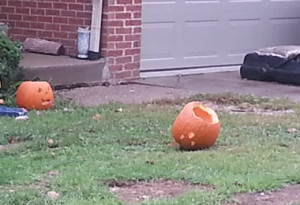
The single-family neighborhood, with modest homes on modest lots and streets lined with pear trees has some natural visual appeal. The lots here are generally on the small side, probably averaging around 1/10th of an acre each (with larger lots on the ends of cul-de-sacs), meaning the density here is relatively high for a neighborhood of single family homes. The adjacent area of duplexes, surprisingly, does little to improve the density. The smallest parcels are 0.2 acres, and at least one parcel is well over 0.45 acres, well more than twice as large as the largest single-family parcel. While some of this additional space is taken up with a shared wooded area behind the homes, this is only part of it. Density has a parking problem and it is evident in this area where driveways and curb cuts dominate. In some cases, the entire front of the house is paved. This is clear enough with a few homes but it is striking when you have an entire street with no street trees and this much concrete.
What works: Comfortable density
What doesn’t: The separation of single family homes and duplexes is jarring.
